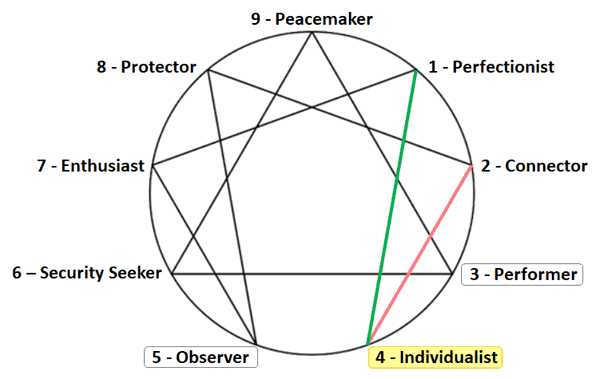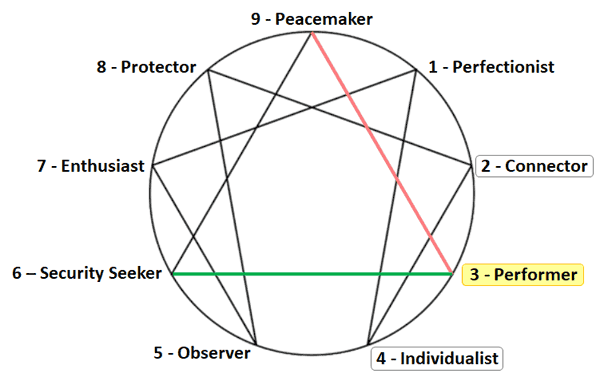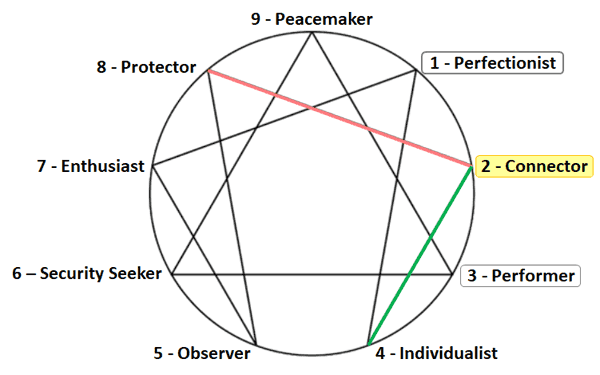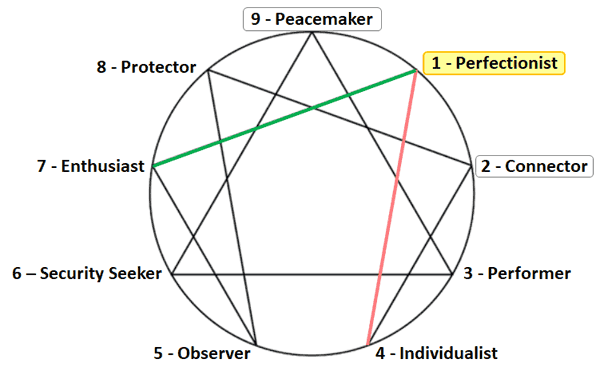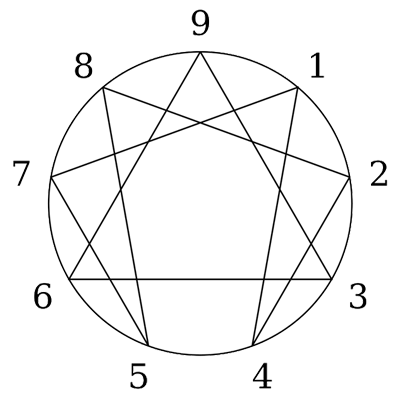The Enneagram Type FOUR personality has a large capacity for emotional sensitivity and depth. These individuals want singular lives that take advantage of their one-of-a-kind gifts and sensibilities; they have no interest in being ordinary. They want to connect deeply with people who understand them and their feelings, yet often feel that the world doesn’t get them. They want others to notice them and draw them out.
FOURS often resonate with a feeling of abandonment and focus on what’s missing. They long for whatever they deem ideal. They assume that others have what they lack or have simply settled for second best. This belief gives rise to the emotion of envy. It grows out of a feeling that there is something good that is just beyond their reach. FOURS can be unreasonably yet intentionally drawn to the unattainable. This drive can engender competitiveness in the pursuit and melancholy when faced with reality.
In a dramatic view that life is suffering, the only thing that gives it meaning is beauty. FOURS check in constantly with their inner artist and take note of what is different, beautiful, and special. Their aesthetic touch helps them craft an inner world that inoculates them from an outer world that can be unpleasant or mundane. They bring people, moods, stories, and experiences inside themselves, often rendering them more appealing (“romantic”) than they really are. They can escape to this interior life whenever they want.
FOURS are stalwart family members, friends, and colleagues who will not shy away from crises or buckle under intense emotional pressure. They understand suffering and are not afraid to share in it. They want others to know that they are seen, heard, and remembered. FOURS want to make others feel that it is good and beautiful that they are here. Their capacity to explore and narrate the human experience gives them a distinctive edge in artistic expression.
FOURS have a Type FIVE wing of investment (thinking and percolating before engaging) and a Type THREE wing of success and industriousness with an eye toward encouraging others to have a meaningful experience. When the FIVE wing dominates, FOURS observe and stay out of the experience; they want to be left alone. When the THREE wing dominates, they want to share their experience with the world and broadcast what they’ve found. FOURS are naturals for the creative life.
FOURS are also influenced by their dominant instinct:
- Self-Preservation FOURS are the most practical and materialistic of the type, working hard to get what they perceive others have that they lack. They’ll surround themselves with beautiful objects whether or not they can reasonably afford them. They tend not to share their pain, preferring to suffer in stoic silence.
- One-to-One FOURS hold to the romantic ideal of the knight in shining armor who will rescue them from the dreary suffering of this world. Failing that, they project their suffering outward, expressing their needs and making demands of others. A competitive drive propels them to be the best and secure their place among the chosen few.
- Social FOURS experience their distinctiveness as both a gift and a burden. They revel in the intensity of their feelings and may look upon others as crude and insensitive. Yet they covet a place among the beautiful and elite and may doubt their ability to gain acceptance. This duality may lead to an affinity for unique groups and/or alternative lifestyles.
All FOURS tend to have an uneasy relationship with authority. They don’t think that rules and regulations apply to them. In fact, they may take pride in breaking rules, especially if they can get away with it. That notwithstanding, they still crave the respect and attention of folks who traffic among the “best people,” however defined.
Under stress, FOURS may adopt characteristics of an Unhealthy TWO. When feeling isolated, disconnected, or misunderstood, they may respond with forced friendliness that borders on clinginess. While this behavior stems from a desire to put the relationship on solid ground, it may drive people away.
The antidote to stress lies in remembering that feelings are not facts. They are informed by the sum total of past experiences, sensitivities, and unrealized fantasies that may color current perceptions. FOURS need to take a dispassionate view of the current landscape and seek out friends who will speak the truth lovingly. They help themselves by moving forward with favorable interpretations of the facts wherever possible. FOURS also find that when they stop striving to be unique, they find their own voices.
FOURS find strength in movement toward a Healthy ONE. From this position, they commit to principles and actions beyond the constraints of subjective emotions. They become more grounded and self-disciplined. They accept the prevailing circumstances without lamentation and work toward meaningful goals to effect change. They stay present to themselves and others.
